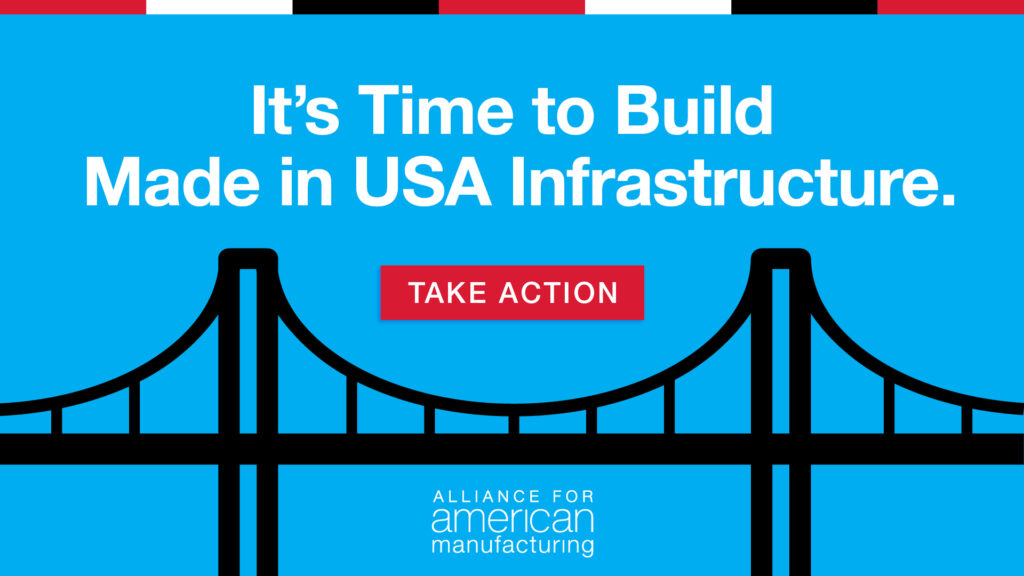It’s vital that American manufacturing workers have a seat at the table as the United States transitions to an electric vehicle future, policymakers and other experts agreed during a panel discussion on Tuesday.
Labor and industry leaders joined both state and federal representatives gathered for the live virtual event hosted by The Hill titled, “The Road to Zero Emission Trucks: Manufacturing.” Speakers emphasized the importance of ensuring that the America’s green future, especially when it comes to vehicles, is beneficial not only for the environment, but for American manufacturing workers as well.
“Workers around the country are worried that they’re going to lose their jobs,” said Rep. Debbie Dingell (D-Mich.). “They hear the word ‘green job’, they think the jobs are going away [or] they’re going to make less money. That’s not the case,”
American manufacturing workers stand to gain tremendously in the switch to electric vehicles — if the right policies are in place, Dingell said. But “those workers have to be part of the discussion,” she said.
Including American manufacturing workers at the table is important for both building confidence in green energy, as well as ensuring that the jobs that are created go to Americans, not companies abroad.
Some people fear that the transition to green energy risks shipping American jobs overseas or making workers’ skills obsolete. “With any new technology, there’s going to be apprehension among workers,” said John Paul Smith, legislative representative for the United Steelworkers Union.
The key, then, is to build confidence among workers and provide workers protection. That is why it is so crucial to include workers in the process.
“If you’re an electrician in this country, and we move towards the future, your job is going to be secure. We’re going to be creating lots of new jobs for electricians,” Dingell said. “What we have to do for the United Auto Workers (UAW) is promise them we’re going to maintain those jobs here.”
And there are a lot of jobs to maintain in the transition to green energy. Looking at converting commercial vehicles to electric, alone, there are hundreds of thousands of vehicles made each year, said Jack Allen, CEO of Proterra. These commercial vehicles include everything from school buses to heavy duty trucks.
And union workers currently “make the rubber and tires and glass and all of the various components that go into these things,” Smith said.
“We have an opportunity for this transformation in the vehicle sector to either rebuild and strengthen our manufacturing sector [and] improve job quality; or, if we don’t act, risk falling behind the rest of the world and sending more jobs overseas,” warned Zoe Lipman, director of Manufacturing and Advanced Transportation for the BlueGreen Alliance.
Lawmakers on Capitol Hill have begun to realize this. In her conversations on Capitol Hill, Dingell said she continually emphasizes that Congress needs to ensure that electric vehicles are affordable, trusted, and supported with good infrastructure.
“Often times we feel like we have a choice to either have good manufacturing jobs or to improve and protect our environment,” Smith said. “The fact is, we can do both.”
Meanwhile, state governments have already begun to help their states transition.
“I think it’s just about seeing the future and getting there. And to the extent that I can pull other people along with me, that’s certainly what I want to do,” said Minnesota State Senator David Senjem.
Recent efforts to incorporate Buy American language, which would protect American manufacturing workers, into state-level green energy and electric vehicle efforts, like in California and New York, have passed with varying degrees of success.
To tie all of these efforts together and ensure their success, the federal government needs to be specific and purposeful in their guidance. Buy American protections can go a long way here.
“Having clear and enforceable regulations, in advance, so companies…can plan and make sure we have significant time to implement — we feel that path is important,” said Melina Kennedy, vice president of Cummins Inc.’s Product Compliance and Regulatory Affairs. “This transition is big.”
Simply put, “as we invest in infrastructure…we are simultaneously incentivizing, strengthening our domestic manufacturing sector, building greater domestic content in our products, and ensuring high quality jobs,” said Lipman.
The transition to electric vehicles is only one component of the shift towards a greener future in the U.S. By including American manufacturing workers in the transition, we can ensure that this transition is good for the environment and our workforce.

